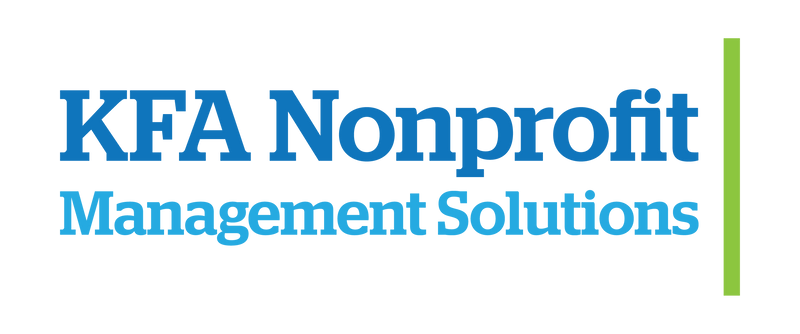Why We Identify Primary and Secondary Contacts in Grant Writing Engagements
At the end of last year, we wrote about some of our best and worst types of client relationships. We mentioned how our learning experiences tend to make their way into contract clauses. Now, we’re going to run a short series on a few of those contract clauses and why we have them.
One of our most important is identifying one primary and one secondary contact on each contract. We often talk about the importance of clear and effective communication. We know managing relationships and information flow can be as crucial as crafting a compelling proposal. To streamline this process and ensure that communications are efficient and misunderstandings are minimized, we designate of one primary contact and one secondary contact within each client organization. This strategy not only facilitates smoother operations but also enhances the overall success of our grant writing efforts. Here’s why this practice is essential.
Streamlined Communication
The primary contact acts as the main conduit for all communications between our team and the client organization. This person is typically the executive director and possesses the authority to make quick decisions or provide necessary information. Having a single point of contact eliminates the potential for conflicting instructions or information that can come from multiple sources within the same organization. It ensures that we receive consistent and authoritative data and feedback, which is crucial for maintaining the accuracy and relevance of the grant application.
Grant writing is bound by strict deadlines. Efficient use of time is critical, and miscommunications can lead to delays that jeopardize the submission process. A primary contact helps in marshaling resources and coordinating responses within the client organization swiftly. This role becomes particularly important when we need quick answers to specific questions, detailed project data, or timely approvals on drafts and final submissions. The designated contact ensures that our requests do not get lost in the daily shuffle of organizational activities and that responses are prioritized and timely.
Accountability and Responsibility
Accountability is critical in grant writing. The primary contact is responsible for the aggregation and verification of all the information we will use in the grant proposal. This responsibility ensures that the data we receive is not only timely but also accurate and comprehensive. Having a designated person accountable for this role means there is clarity in responsibilities, reducing the risk of tasks falling through the cracks, which can happen in large teams with shared responsibilities.
The primary contact typically has a deep understanding of the project’s goals, the organization's mission, and the specific requirements of the grant. This understanding is crucial for maintaining the alignment of the grant proposal with the strategic objectives of the client organization. Consistency in the project's vision and goals throughout the application process is essential for crafting a coherent and compelling proposal that accurately reflects the client’s needs and expectations.
Grant proposals often contain sensitive information about an organization’s finances, strategic plans, and operational methods. Having a primary and a secondary contact ensures that sensitive information is handled discreetly and shared only with individuals who are authorized and responsible. This practice safeguards the confidentiality of critical information and protects both the client’s and the consultant’s interests.
Continuity and Consistency
The secondary contact is very important and is typically either someone in finance, like the CFO, or a high-level operations person. The secondary contact usually has decision-making authority on par with the executive director and/or is in a position to provide more detailed financial or program-level data than the executive director may get involved in providing. Mainly, the secondary contact is a failsafe in the absence of the executive director should they be out of the office or otherwise indisposed when timely communication is necessary. This setup prevents delays and ensures that the grant writing process continues smoothly, irrespective of individual availability.
Anyone who has experienced “writing by committee” understands why we limit each client to two contacts. We can’t and won’t make a tight deadline if we have a conference table full of people trying to contribute. That work needs to happen within the organization and be communicated to us once everyone is on the same page. We do not get down in the weeds with a client’s internal politics or attempt to moderate competing priorities or program areas. That is leadership’s job, not ours.
Designating a primary and secondary contact within each client organization is more than just an administrative detail; it is a strategic approach that enhances the effectiveness and efficiency of the grant writing process. This practice ensures that we have reliable, consistent, and authoritative points of communication, which is essential for the timely and successful completion of grant applications. For organizations looking to secure grant funding, adhering to this practice can significantly improve their chances of success by ensuring that their proposals are well-managed, thoroughly prepared, and compellingly presented.
